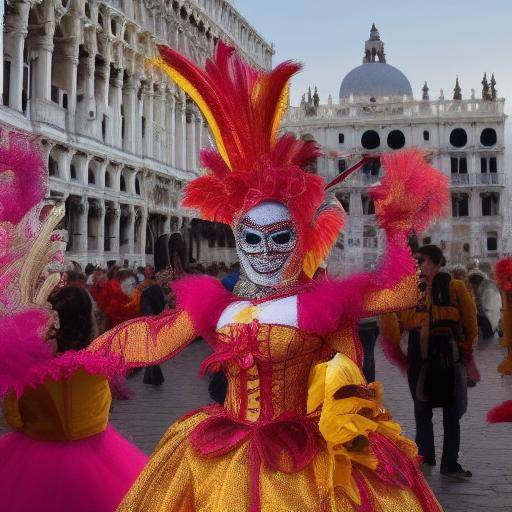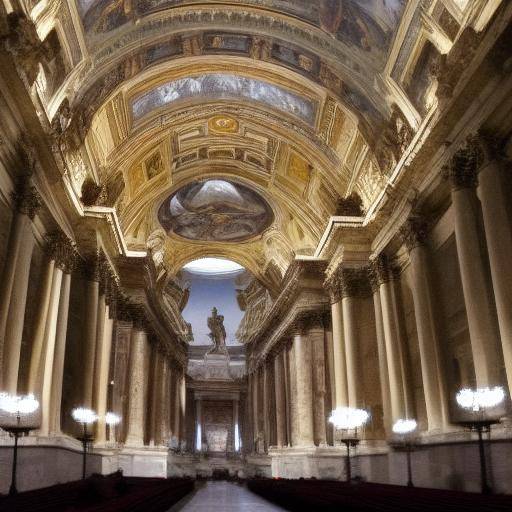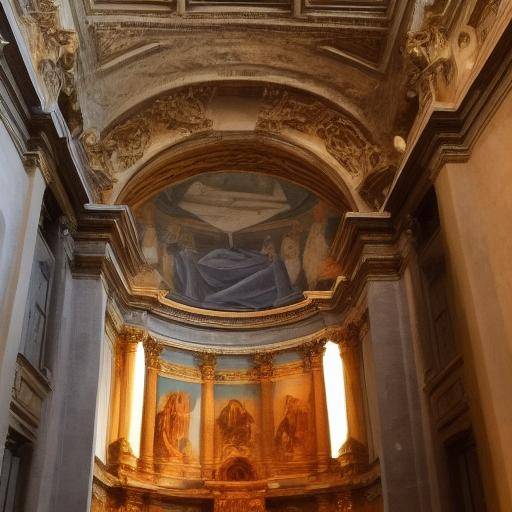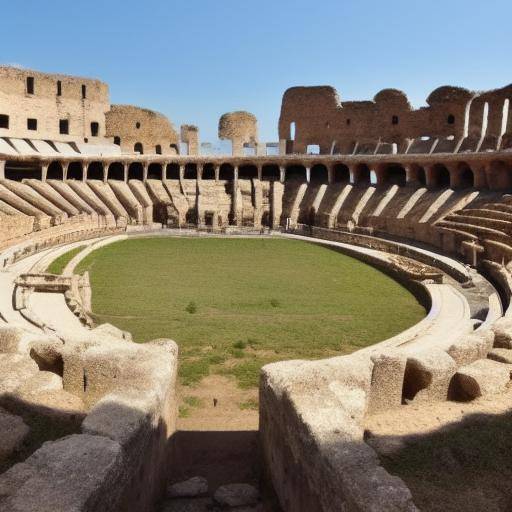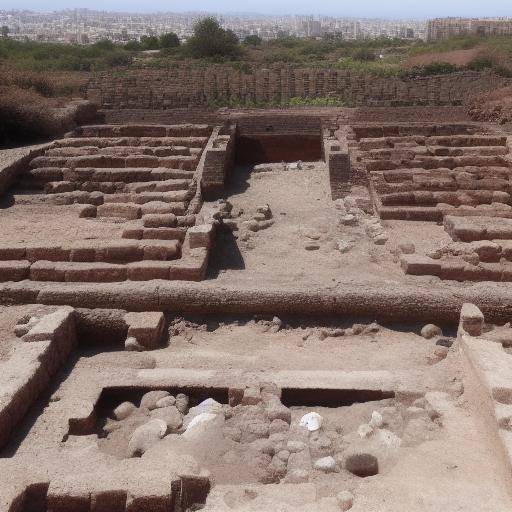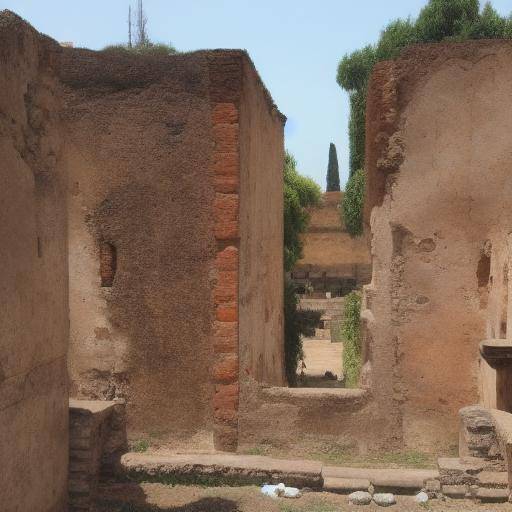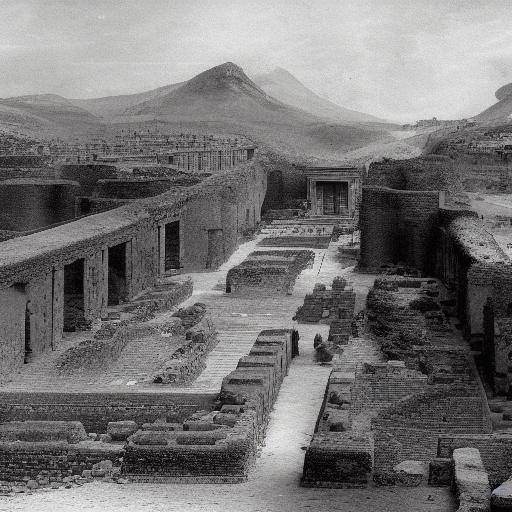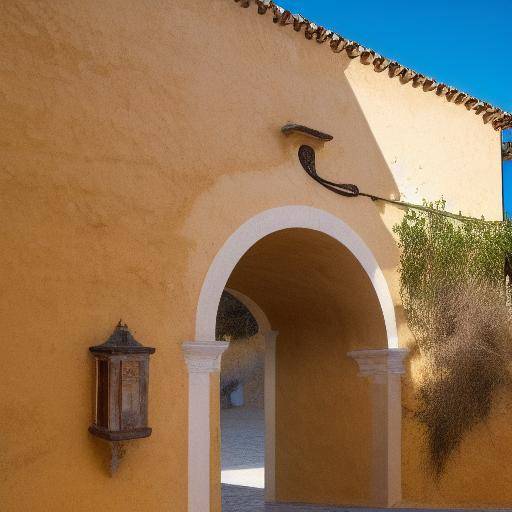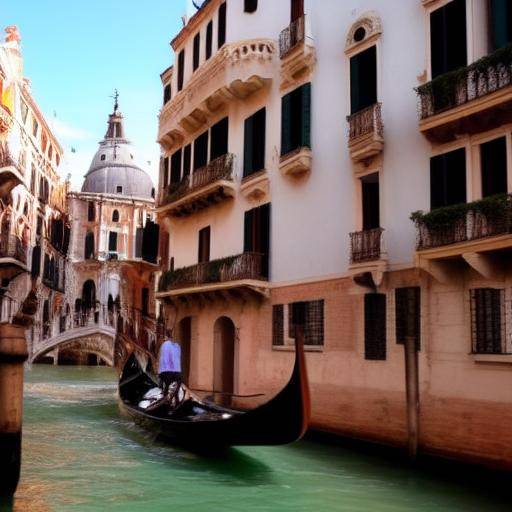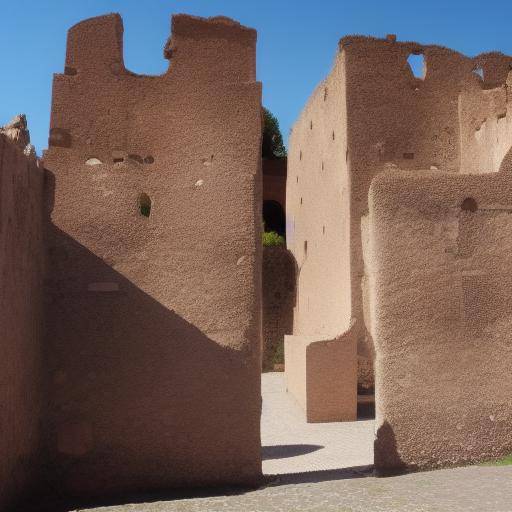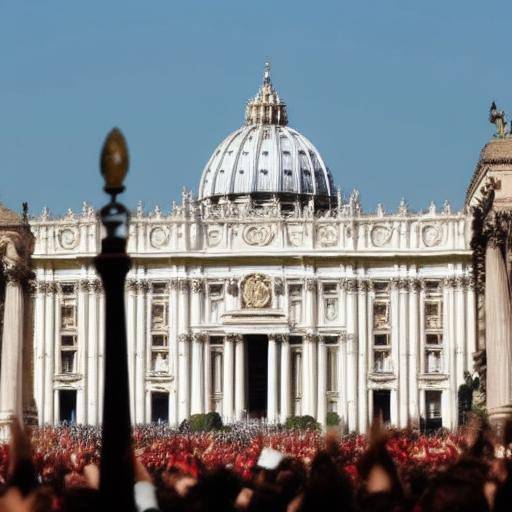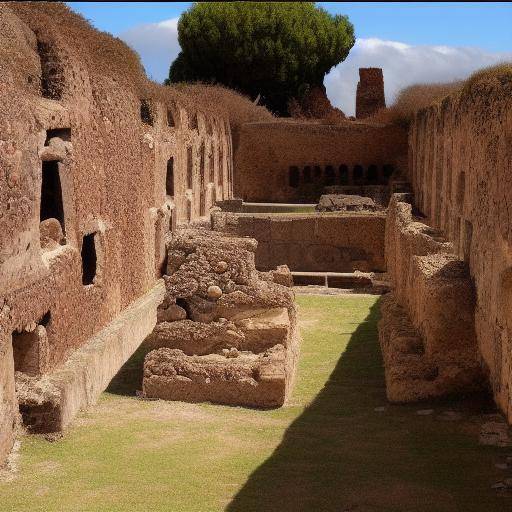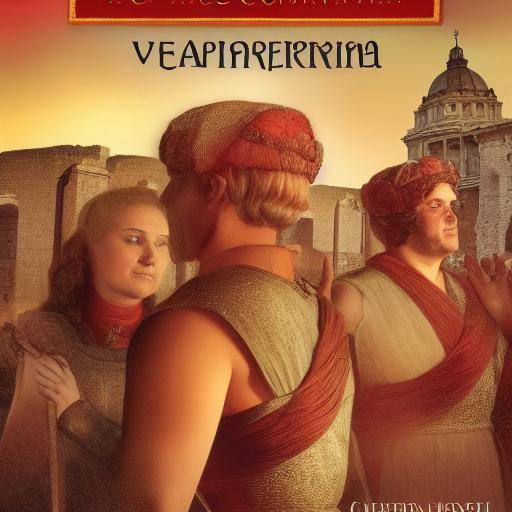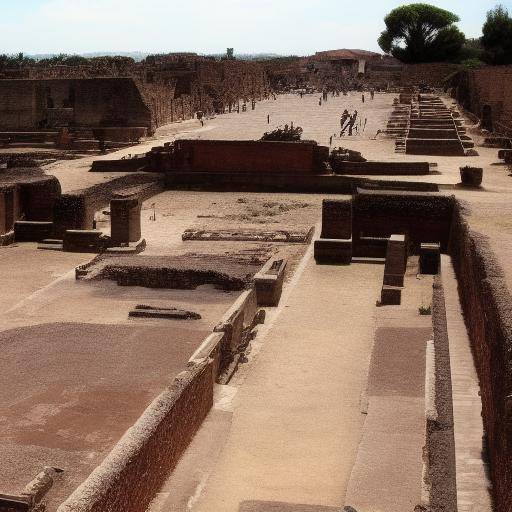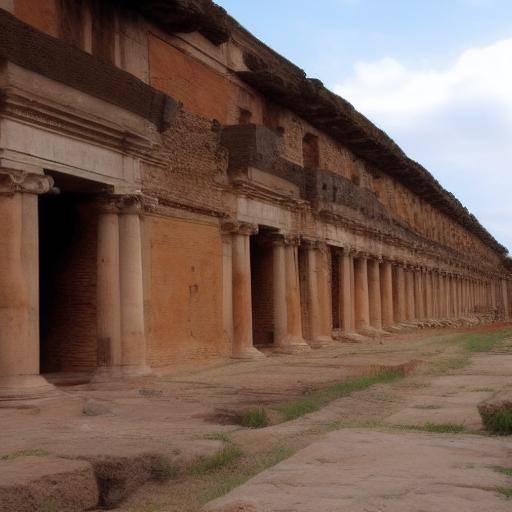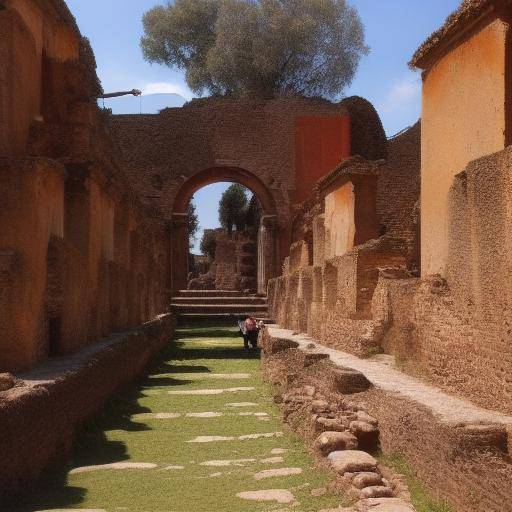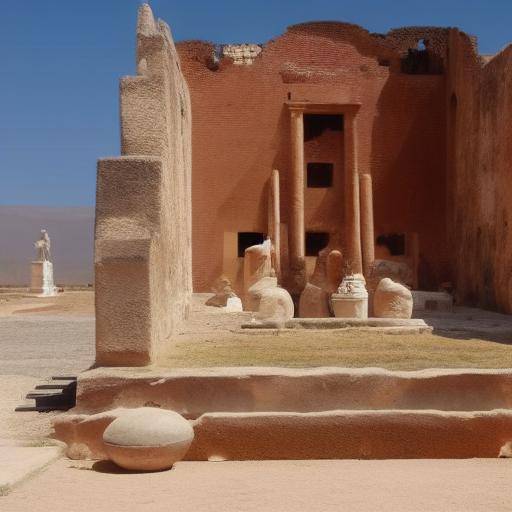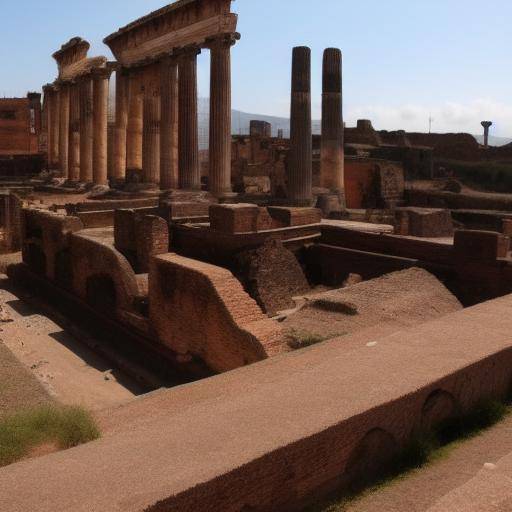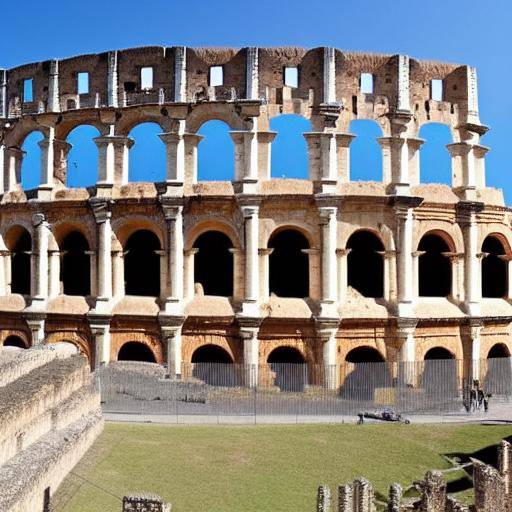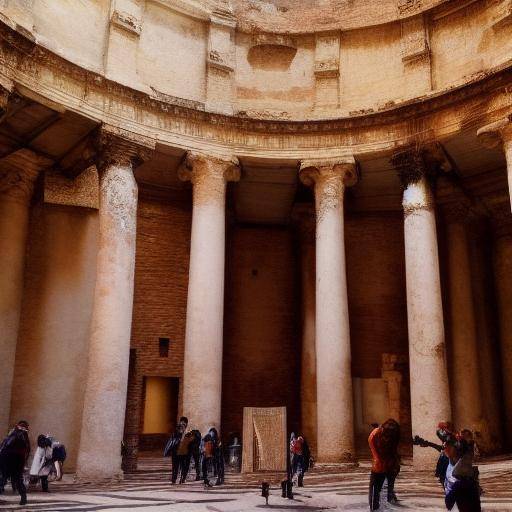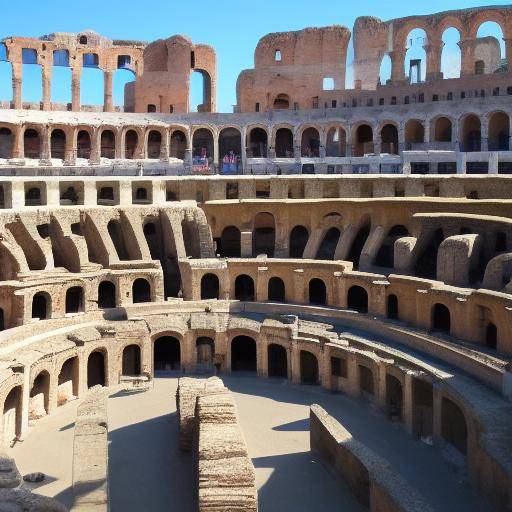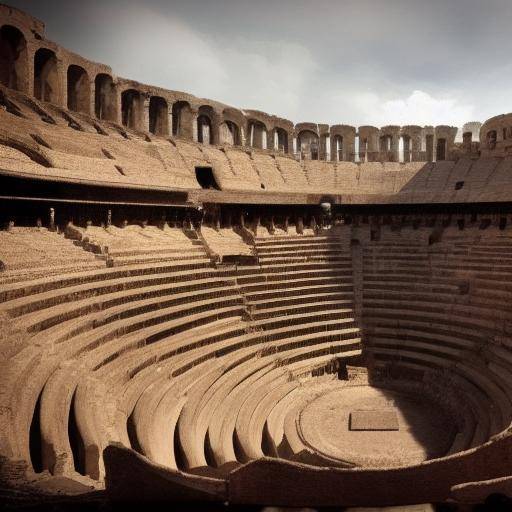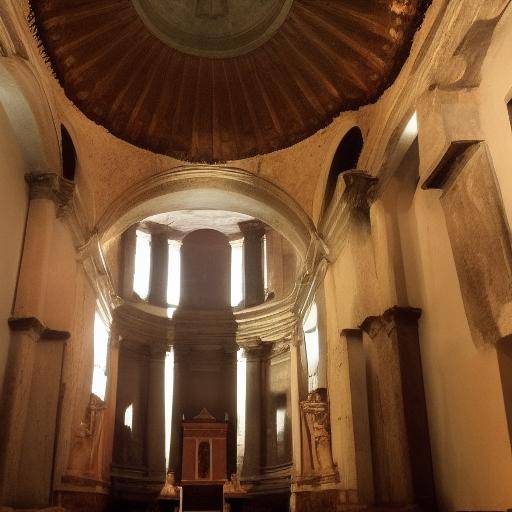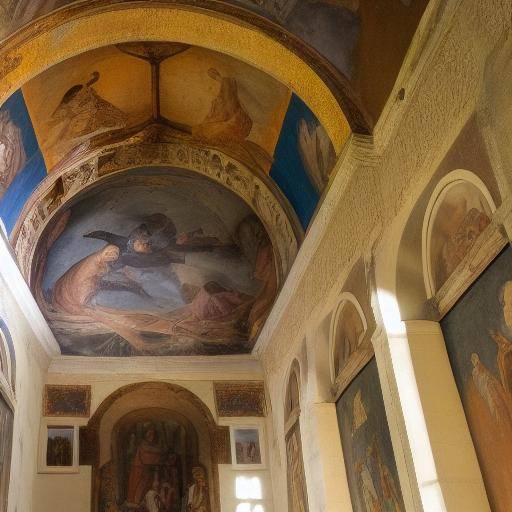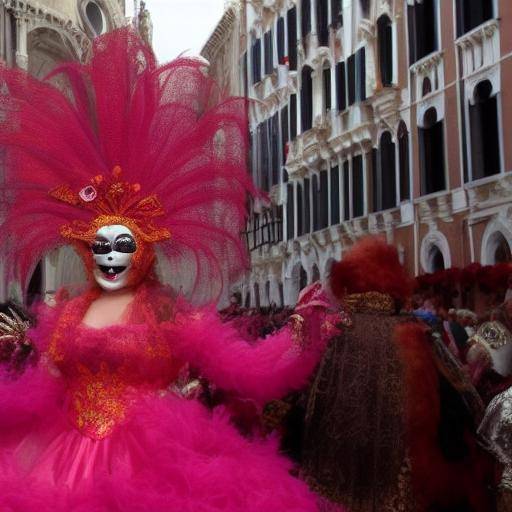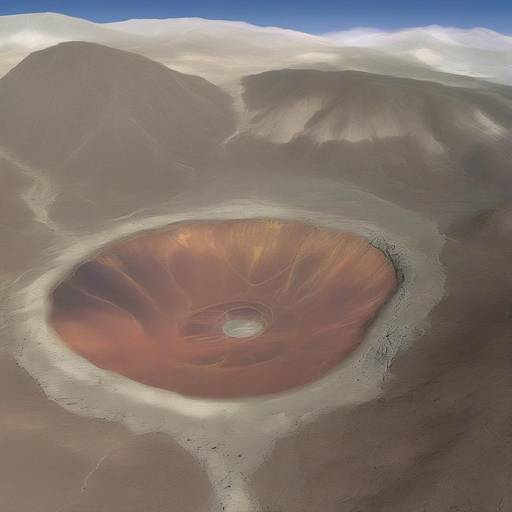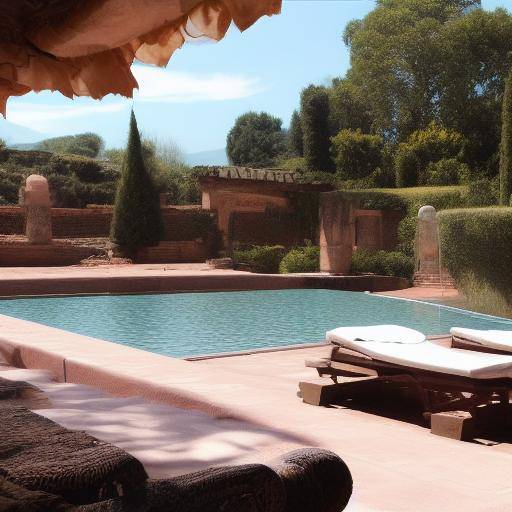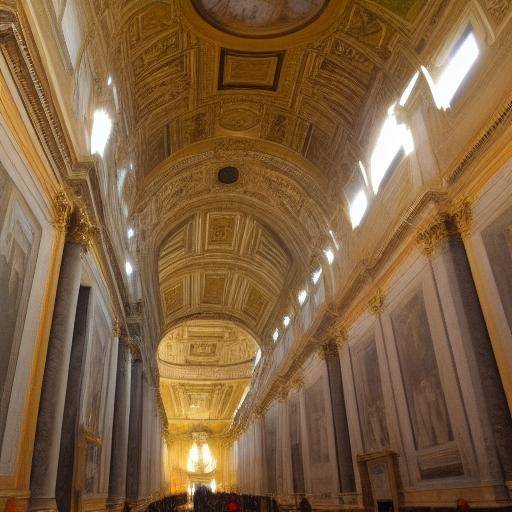
The Sistine Chapel, located in the heart of the Vatican, is an architectural wonder that has captivated visitors from all over the world for centuries. This article invites you to explore its impact on the history of art and religion, to unravel its mysteries and to understand its cultural and spiritual significance.
Introduction
From the moment you set foot in the Vatican, the air is impregnated with a unique feeling of spirituality and art. Among the treasures of this small state is the incomparable Sistine Chapel. Its impressive frescoes, masterpiece of Michelangelo, and its deep connection with the history of the Catholic Church make it a mandatory stop for pilgrims, lovers of art and curious alike.
In this article, we will immerse ourselves in the fascinating history of the Sistine Chapel, explore its impact on the world of art and religion, and discover why it remains an undisputed icon of humanity. We will also answer frequent questions to enrich your understanding of this historical monument.
History and Context
The construction of the Sistine Chapel dates back to the fifteenth century, when Pope Sixtus IV commissioned his building as part of the complex of the Basilica of Saint Peter. However, his world-renowned is largely due to the extraordinary frescoes that adorn his walls and vaults, in which Michelangelo gave his genius between 1508 and 1512.
In more than 20,000 square feet of frescoes, Michelangelo represented scenes of Genesis, the Final Judgment and the history of salvation, creating a visual narrative that transcends time. These masterpieces witness the artist's unparalleled talent and deep religious devotion, and have influenced countless generations of artists.
Art and Religion in the Sistine Chapel
The Sistine Chapel is a living testimony of the fusion between art and religion. The biblical representations of Michelangelo convey the very essence of faith, immortalized in a scenario that transcends the physical walls of the chapel. Each brushstroke and every detail resonate with a spiritual intensity that continues to impact those who have the privilege of contemplating them.
Beyond its religious dimension, the Sistine Chapel represents a crucial milestone in the evolution of the Italian Renaissance, a period of artistic and cultural ferment that transformed the history of humanity. Its influence extends to architecture, sculpture, painting and the way we conceive art today.
The Vatican and the Sistine Chapel
The Vatican, seat of the papacy and spiritual centre of the Catholic Church, houses in its walls an extensive collection of artistic treasures, but none as emblematic as the Sistine Chapel. This sanctuary of prayer, the stage of papal conclaves and place of pilgrimage, is a palpable reflection of devotion, talent and human creativity.
Italy and its Artistic Legacy
Italy, cradle of the Renaissance, is a country that breathes art in every corner. From the splendour of ancient Rome to the majesty of the Renaissance, Italy has welcomed some of the greatest geniuses that art history has ever known. The Sistine Chapel and the Vatican are living witnesses of this legacy, invaluable treasures that perpetuate the greatness of Italian art.
Conclusions and FAQs
The Sistine Chapel, the Vatican and the history of art in Italy constitute an invaluable heritage that preserves the very essence of humanity. His artistic creations transcend time and continue to inspire present and future generations. In understanding its historical and spiritual importance, we enrich ourselves as individuals and as a society, connecting ourselves with the highest of human condition.
Frequently asked questions
1. What is the importance of the Sistine Chapel for the Catholic Church?
The Sistine Chapel is a sanctuary of great spiritual value for the Catholic Church, as it houses some of the most outstanding frescoes in the world, made by teachers such as Michelangelo and Botticelli. These masterpieces create an enabling environment for prayer and reflection, being an emblematic place for papal liturgy and significant religious events.
2. What is the legacy of Michelangelo in the Sistine Chapel?
The legacy of Michelangelo on the Sistine Chapel is simply unmatched. Its frescoes, especially the ceiling and the Final Judgment, are considered masterpieces of Renaissance art. Michelangelo was able to capture the essence of faith and humanity through his art, creating a legacy that endures until today.
3. What is the process to visit the Sistine Chapel and the Vatican?
To visit the Sistine Chapel and the Vatican, ticket tickets are required, either through the official Vatican website or in authorized ticket offices. It is advisable to book in advance, as the influx of visitors is high. When entering the Sistine Chapel, respect is required for the sacred environment and its works of art.
4. Why is the Vatican such a popular tourist destination?
The Vatican attracts millions of visitors every year because of its cultural, artistic and spiritual wealth. In addition to the Sistine Chapel, the Vatican houses the Basilica of Saint Peter, the Vatican Museum and numerous masterpieces, making it a mandatory destination for lovers of art, history and religion.
5. What is the relationship between the Sistine Chapel and the Italian Renaissance?
The Sistine Chapel is a living testimony of the apogee of the Italian Renaissance. The works of art in the chapel represent the culmination of the artistic genius of the time, with figures such as Miguel Angel, Rafael and Botticelli leaving their imbominable footprint on each brushstroke. The chapel is an emblematic monument of the artistic and cultural explosion that characterized this time.
6. How does the Sistine Chapel influence contemporary art?
The influence of the Sistine Chapel in contemporary art is undeniable. The technical mastery and the thematic depth of the works of Michelangelo have inspired countless modern artists, serving as reference both in pictorial techniques and in the exploration of universal religious and human subjects.
In short, the Sistine Chapel is much more than a tourist destination; it is a treasure chamber that houses the soul of the Renaissance, the essence of faith and the lasting imprint of human genius. Your visit becomes a transcendental journey, capable of touching sensitive fibers and dazzling with the magnificence of art and history.


